You can incorporate a fire pit into your landscaping design by considering the size and shape of the feature, selecting a material to match your existing landscape, and ensuring proper installation and safety measures are taken.
If you’re looking to add a touch of warmth and ambiance to your outdoor living space, consider incorporating a fire pit or outdoor fireplace into your landscaping design. From classic wood-burning pits to modern gas-powered fireplaces, there are many options available for creating the perfect backyard oasis.
In this blog post, we’ll discuss how you can incorporate a fire pit or outdoor fireplace into your landscaping design and what considerations you should keep in mind when doing so.
Look Inside:
Location
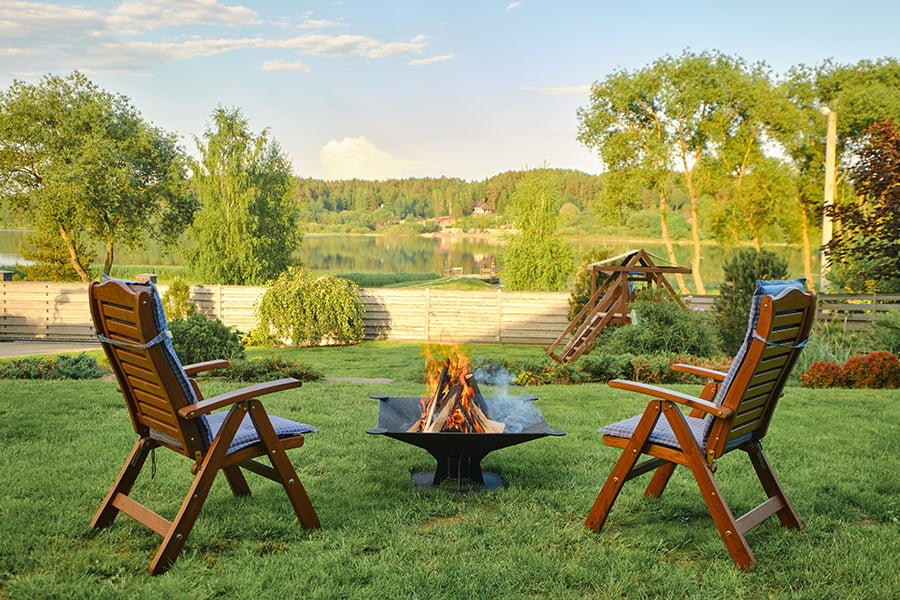
The location of the fire pit or outdoor fireplace should be chosen carefully in order to ensure safety and maximize enjoyment. It should be placed away from any structures, such as homes, sheds, and trees.
It should be located in an area that is easily accessible for both people and fuel sources like wood or propane tanks. If possible, choose a spot that has natural windbreaks like shrubs or walls to help contain smoke and sparks from the fire.
Make sure there is plenty of space around the fire pit so that people can move freely without being too close to the flames.
Materials
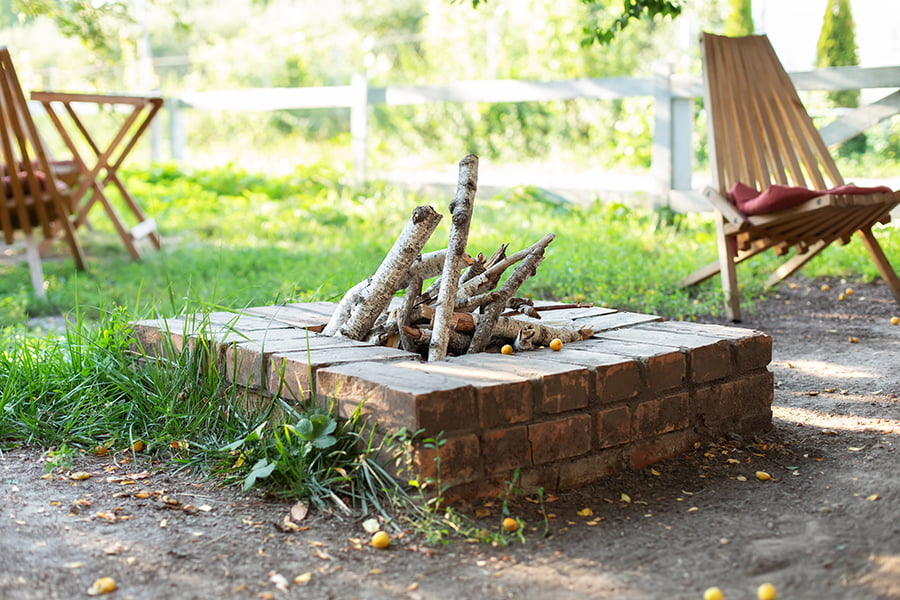
There are several different materials to choose from, each with its own advantages and disadvantages. Brick is a popular choice for fire pits and outdoor fireplaces because it is durable and easy to maintain.
It also adds an attractive aesthetic to any landscape design. However, brick can be expensive and may require professional installation if you don’t have experience working with masonry materials.
Concrete blocks are another option for building a fire pit or outdoor fireplace. They are relatively inexpensive compared to other materials, but they do not provide as much insulation as brick does so they may not last as long in extreme weather conditions.
Concrete blocks can be difficult to work with due to their weight and size. Stone is another popular material for constructing fire pits and outdoor fireplaces because it provides excellent insulation against heat loss while still looking great in any landscape design.
Stone can be more expensive than other options but it will last longer if properly maintained over time. Stone requires professional installation due to its weight and size which makes it more costly than some other materials available on the market today.
Size
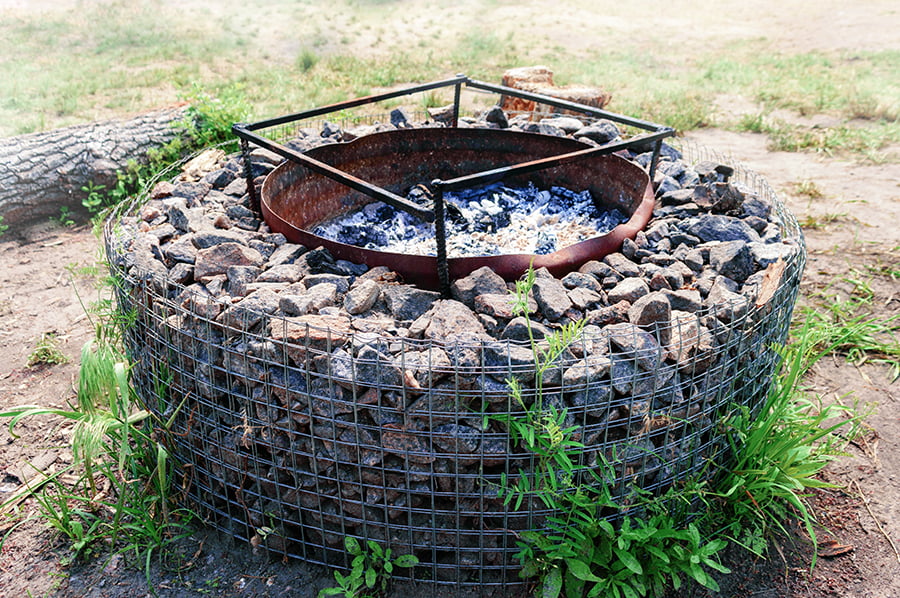
The size of the fire pit or outdoor fireplace should be based on the amount of space available in your yard and how many people you plan to accommodate around it. If you have a large backyard, then you can opt for a larger fire pit or outdoor fireplace that can comfortably fit more people.
On the other hand, if you have limited space in your yard, then it’s best to choose a smaller model that won’t take up too much room. When selecting the size of your fire pit or outdoor fireplace, make sure that it meets local safety regulations and codes so as not to cause any potential hazards.
Fuel Source
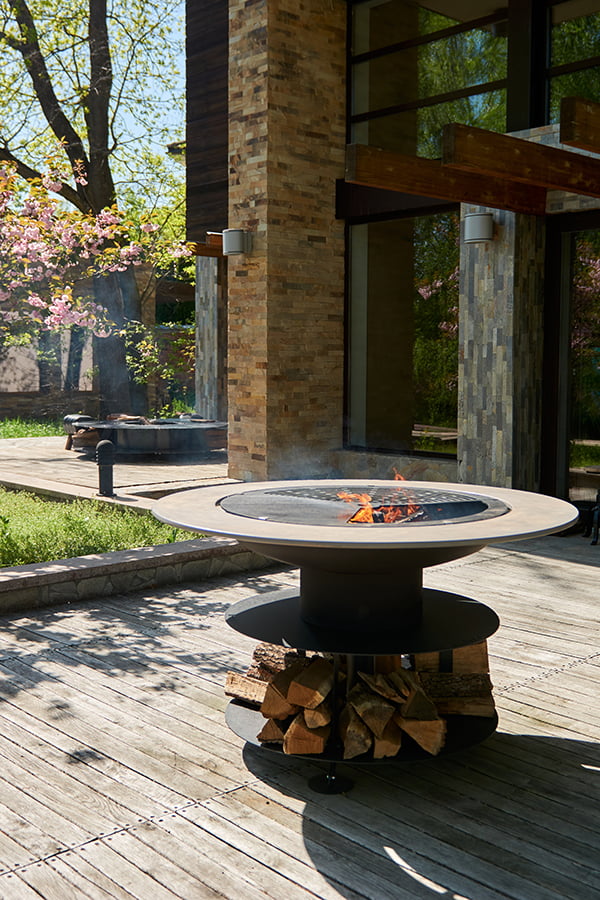
There are several fuel sources available, each with its own advantages and disadvantages. The most common fuel sources for fire pits and outdoor fireplaces are wood, gas, and propane.
Wood is the traditional choice for many people because it provides a natural flame that can be enjoyed while gathering around the fire pit or outdoor fireplace. However, wood requires more maintenance than other fuel sources since it needs to be replenished regularly and must be stored in a dry place away from moisture to prevent rot.
Gas-powered fire pits and outdoor fireplaces offer convenience as they require less maintenance than wood-burning models since they don’t need to be refilled as often. They also provide consistent heat output without having to adjust the flame manually like you would with a wood-burning model.
However, gas models tend to cost more upfront than their wood-burning counterparts due to installation costs associated with running gas lines from your home’s main line into your backyard space where the unit will be located.
Propane is another popular option for those looking for convenience in their outdoor heating solution. It does not require additional installation costs like gas does but still offers consistent heat output without needing manual adjustments like you would have with a wood-burning model.
Propane tanks do need regular refilling though so this should factor into your decision making process when choosing which type of fuel source best suits your needs and budget constraints.
Safety Considerations
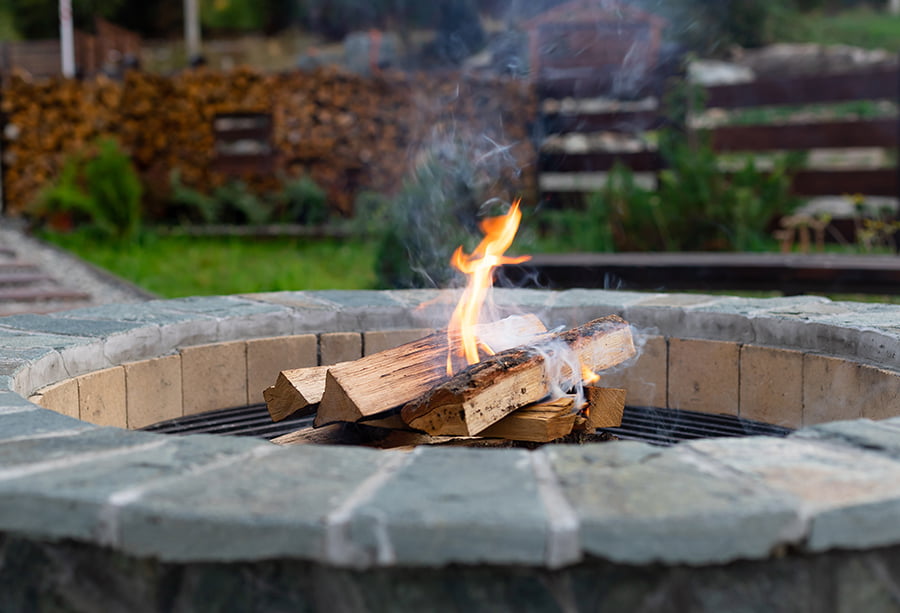
When planning for a fire pit or outdoor fireplace, it is essential to consider the safety of those who will be using the area. This includes ensuring that there is enough space around the fire feature to prevent any potential hazards from occurring.
It is important to make sure that all combustible materials are kept away from the area and that any flammable liquids are stored in a safe location.
Installing smoke detectors and carbon monoxide detectors near the fire feature is also recommended as an extra precautionary measure.
It is important to ensure that all users of the fire feature understand how to safely use and maintain it in order to avoid any accidents or injuries.
Ventilation Requirements

Proper ventilation ensures that smoke and other byproducts of combustion are safely removed from the area, preventing air pollution and potential health hazards. To ensure proper ventilation, you should make sure that there is enough space around the fire pit or fireplace for air to flow freely in and out.
This can be achieved by creating a chimney-like structure with adequate height above the fire source and ensuring that nearby structures do not block airflow. It may be necessary to install fans or vents near the fire source in order to increase air circulation if needed.
Taking these steps will help ensure safe operation of your outdoor fireplace or fire pit while also protecting your family’s health and safety.
Design Elements
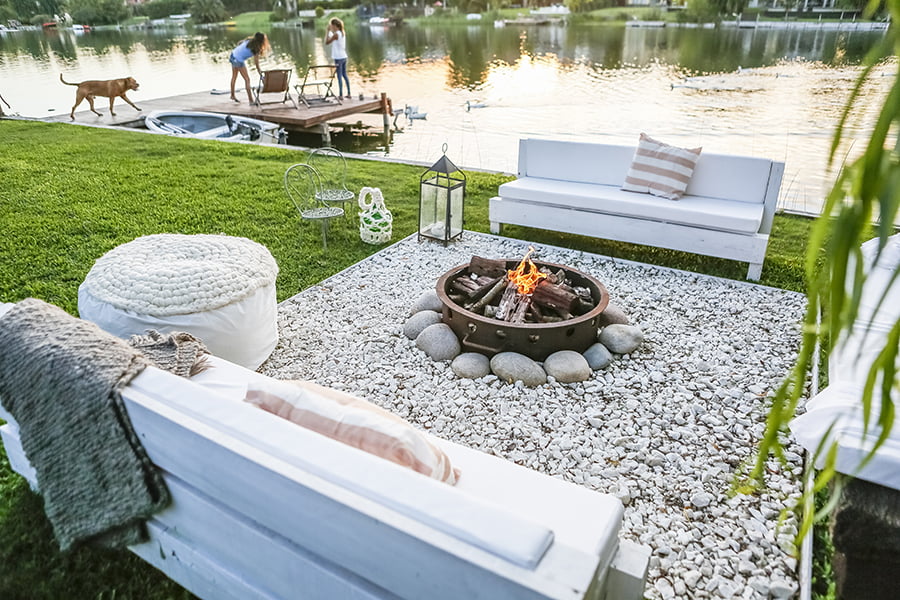
When incorporating a fire pit or outdoor fireplace into your landscaping design, there are several important design elements to consider. These include the size and shape of the fire feature, its placement in relation to other features in your yard, and any additional materials you may want to use for decoration or safety purposes.
It is important to think about how you will fuel your fire pit or fireplace and what type of seating arrangement you would like around it. All these factors should be taken into consideration when designing an outdoor space with a fire feature as they can have a significant impact on both the look and function of your landscape.